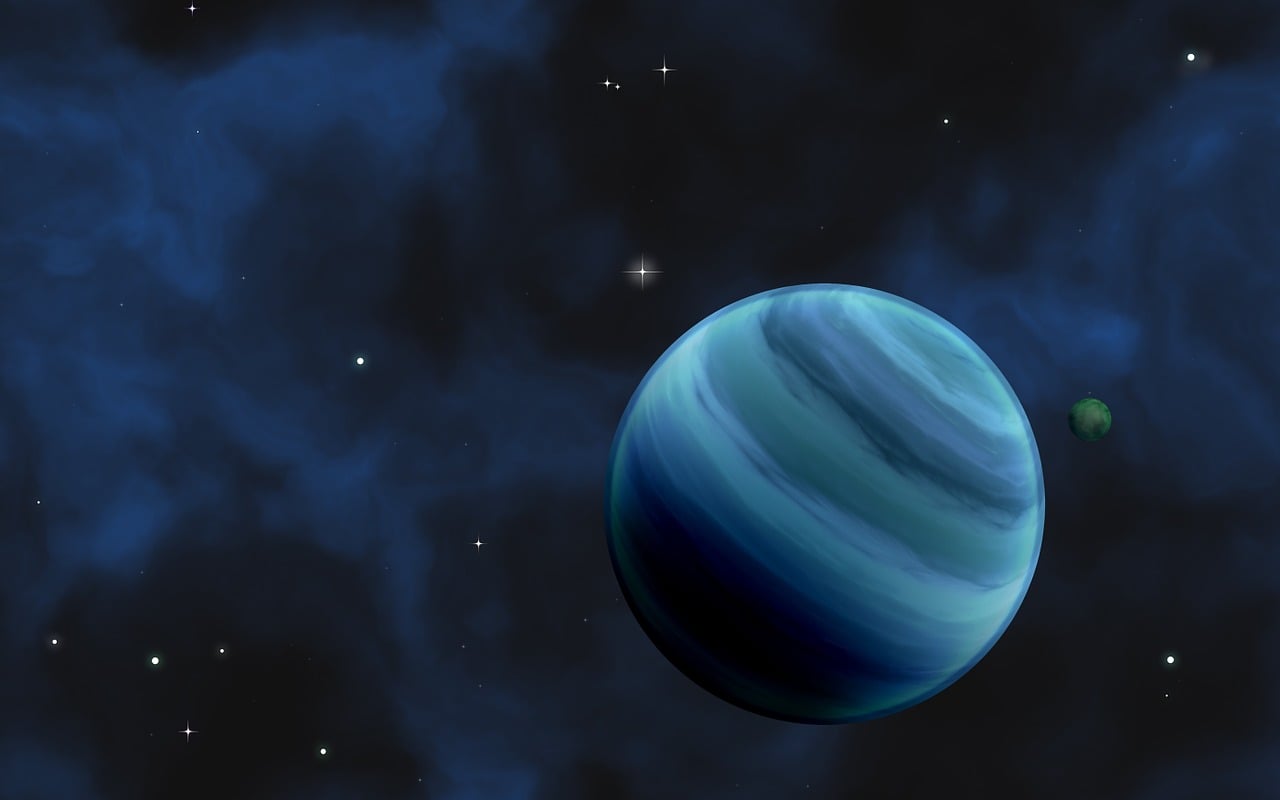Scientists are going to use a new 10,000-pixel camera to enhance the search for exoplanets that could potentially host life as we know it on Earth. The camera will observe and take pictures of potential super-Earth candidates that are orbiting stars relatively close to our sun.
The vast majority of devices aren’t successful at capturing potential life-supporting exoplanets, as the planets are too close to their parent stars. Additionally, given that those stars are quite bright, observatories can’t get a good picture of the planet.
That encouraged scientists to develop a futuristic 10,000-pixel camera called DARK-speckle Near-infrared Energy-resolved Superconducting Spectrophotometer, also known as DARKNESS, which will take pictures of exoplanets and overcome issues with the brightness of the star. The camera is capable of capturing a thousand frames per second without distortions.
Scientists will also use DARKNESS to measure the wavelength and time that it takes for a photon to arrive to the camera.
“This technology will lower the contrast floor so that we can detect fainter planets,” physicist Benjamin Mazin, who led the team behind the device, said in a statement. “We hope to approach the photon noise limit, which will give us contrast ratios close to 10-8, allowing us to see planets 100 million times fainter than the star.”
“At those contrast levels, we can see some planets in reflected light, which opens up a whole new domain of planets to explore,” Mazin added. “The really exciting thing is that this is a technology pathfinder for the next generation of telescopes.”
The camera is integrated with the 200-inch Hale telescope, located at the Palomar Observatory in California. The scientists will use DARKNESS for multiple purposes, a science camera and focal-plane wave-front sensor. It will measure the light from the star, and then send a signal to a rubber mirror that is capable of changing shape at 2,000 times a second. That way, the camera clears away the distortion from the atmosphere.
The camera work was published as a part of a study in the journal Publications of the Astronomical Society of the Pacific. The camera was tested on four occasions throughout the last year and a half. However, scientists used the camera to learn how to get rid of the bugs associated with the distortions. Right now, the team is also working on improving the contrast ratio and will test the 10,000-pixel camera further next month, to observe certain planets while focusing on testing the performance of the device.
DARKNESS will focus on finding rocky planets that resemble Earth and focus on other conditions necessary to harbor life. However, the team’s ultimate goal is to create a camera that can be used with the Thirty Meter Telescope that is planned for Mauna Kea in Hawaii.
“With that, we’ll be able to take pictures of planets in the habitable zones of nearby low mass stars and look for life in their atmospheres,” Mazin concluded. “That’s the long-term goal and this is an important step toward that.”





